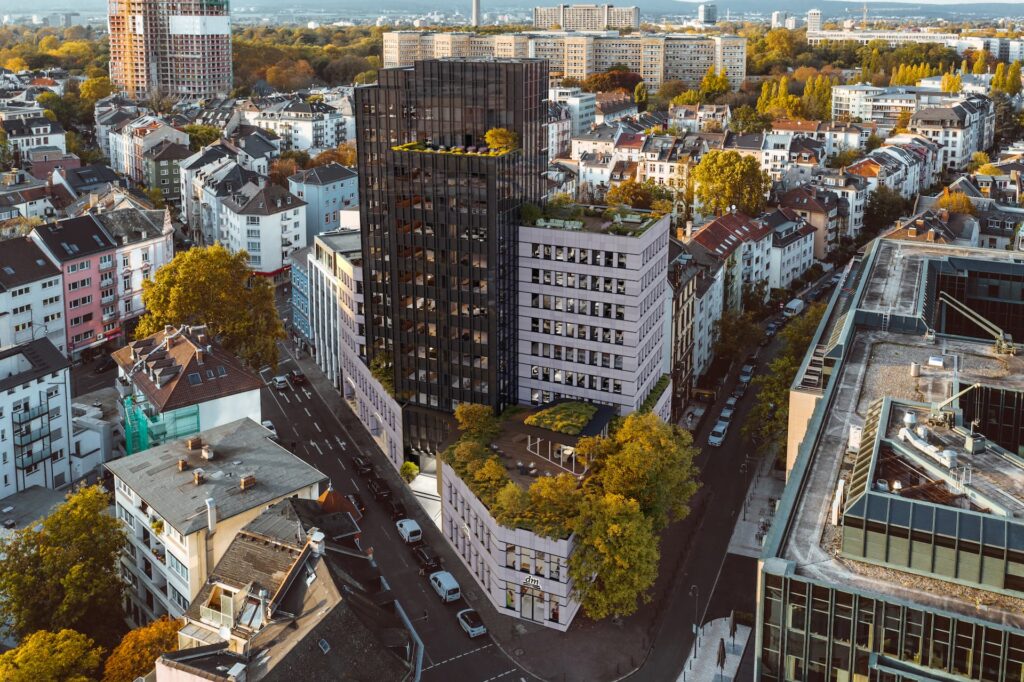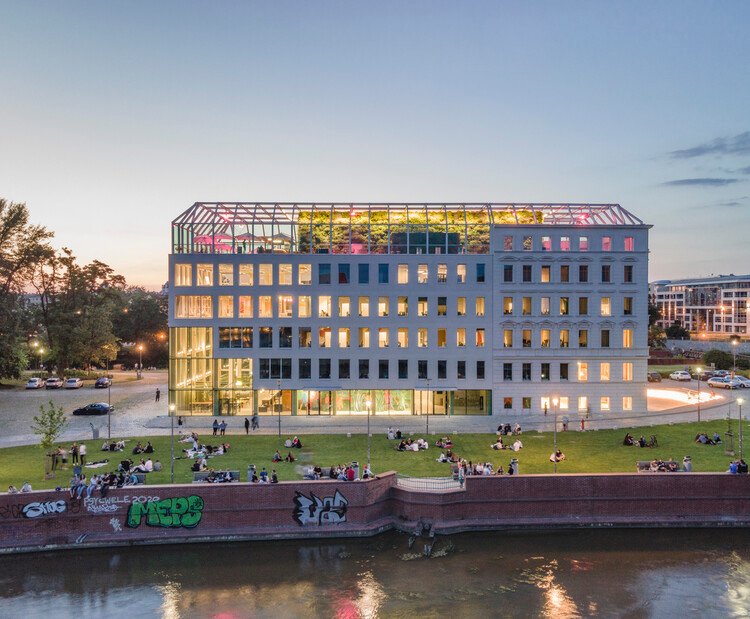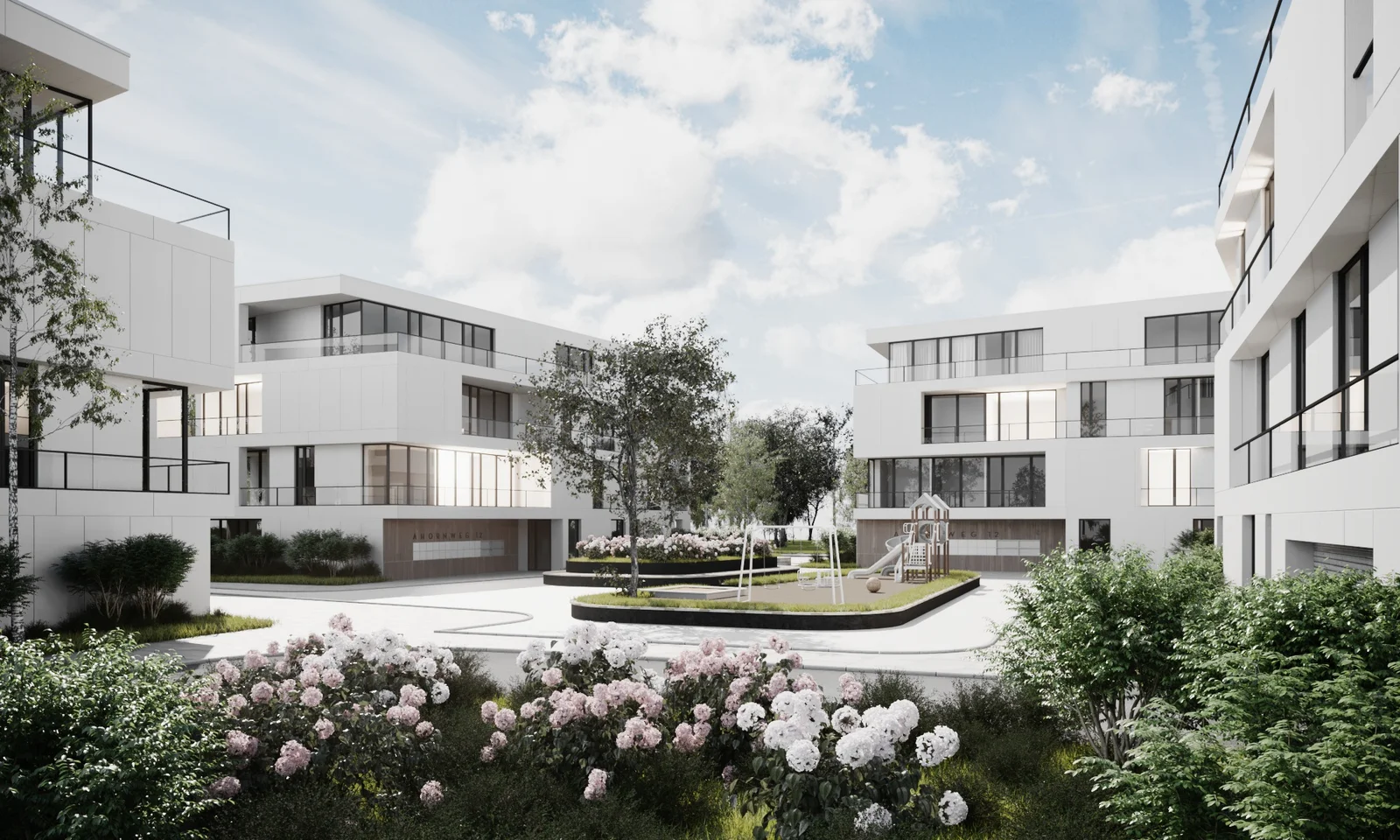Rendering Green Roofs and Vertical Gardens
As our cities grow more crowded, and the need for sustainable living becomes ever more urgent, green roofs and vertical gardens are emerging as innovative solutions to these challenges. These urban green spaces not only beautify our buildings and neighborhoods but also provide a range of environmental benefits. In this blog post, we will delve into what green roofs and vertical gardens are, how they work, and the advantages they offer.
The Concept of Green Roofs and Vertical Gardens
Before we delve deeper into the subject, it’s important to understand what green roofs and vertical gardens mean. Both are part of a broader movement towards urban greening, which aims to integrate green spaces into our built environment in a way that is sustainable, environmentally friendly, and beneficial to human well-being.
What are Green Roofs?
Green roofs, also known as living roofs, are roofs of buildings that are partially or completely covered with vegetation and a growing medium, planted over a waterproofing membrane. They may also include additional layers such as a root barrier and drainage and irrigation systems. Green roofs can be installed on a wide range of buildings, from industrial facilities to private residences, and they can be designed to fit with the local climate and environment.
Understanding Vertical Gardens
On the other hand, vertical gardens, also called living walls or green walls, are walls that are partially or completely covered with greenery that includes a growing medium, such as soil or a substrate. Most vertical gardens include an integrated water delivery system. They can be freestanding or attached to an existing wall and come in a range of sizes and designs, from small, indoor wall-mounted frames to large outdoor walls.
Ecosystem Benefits of Rendering Green Roofs and Vertical Gardens
Green roofs and vertical gardens offer substantial benefits, not just to the direct environment, but to the overall ecosystem. Utilizing these greener architectural choices can make a significant difference in both urban and rural settings.
Reduction of Urban Heat Islands
Urban areas are often significantly warmer than their surrounding rural areas, a phenomenon known as the Urban Heat Island effect. By rendering green roofs and vertical gardens, this heat effect can be significantly reduced. These green spaces absorb sunlight and convert it into energy for plant growth instead of allowing it to be absorbed by concrete and asphalt, which releases heat into the environment.
Enhancement of Biodiversity
Rendering green roofs and vertical gardens in urban environments can contribute to the enhancement of biodiversity. These spaces provide a natural habitat for various species of birds, insects, and other small animals, promoting a more balanced urban ecosystem.
Air Quality Improvement
Green roofs and vertical gardens help to improve air quality by naturally filtering out pollutants. Plants absorb carbon dioxide and other harmful gases, releasing oxygen in the process. This reduces the amount of pollution in the air, providing cleaner, healthier air to breathe.
The Aesthetic Appeal of Rendering Green Roofs and Vertical Gardens
In addition to the environmental benefits, rendering green roofs and vertical gardens can greatly enhance the aesthetic appeal of buildings and urban landscapes. They provide a refreshing break from the concrete jungle, offering a touch of nature in the heart of the city.
Visual Attraction
The lush greenery of roofs and vertical gardens are visually appealing, transforming dull concrete structures into living, breathing pieces of art. The vibrant colours and variety of plant species used can create an attractive visual contrast in an urban setting.
Therapeutic Benefits
The presence of green spaces in urban areas has been linked to improved mental well-being. They provide a space for relaxation and recreation, reducing stress and promoting a sense of calm. The beauty and tranquility of a green roof or a vertical garden can offer much-needed respite in a bustling city.
Practical Considerations in Rendering Green Roofs and Vertical Gardens
While the benefits of green roofs and vertical gardens are numerous, there are several practical considerations to keep in mind when designing and implementing them.
Weight and Structural Support
The weight of the soil and plants, along with the need for proper drainage, can be a significant factor. The building must be structurally capable of supporting this additional weight.
Maintenance and Irrigation
Green roofs and vertical gardens require regular maintenance to ensure they remain healthy and attractive. This includes watering, trimming, and fertilizing, which can be a substantial ongoing commitment.
Plant Selection
The selection of appropriate plants is crucial. The chosen plants need to be suitable for the specific climate and location, and capable of thriving with the available sunlight and rainfall.In conclusion, rendering green roofs and vertical gardens is an innovative and eco-friendly approach towards urban development. Not only do they beautify the urban landscape, but these green spaces also contribute significantly to environmental sustainability. They reduce energy consumption, improve air quality, and promote biodiversity. Furthermore, they provide a serene environment that promotes mental health. With the right planning, design, and maintenance, green roofs and vertical gardens can be rendered effectively, transforming our living spaces into green, sustainable ecosystems. Indeed, the future of urban development lies in rendering green roofs and vertical gardens.







